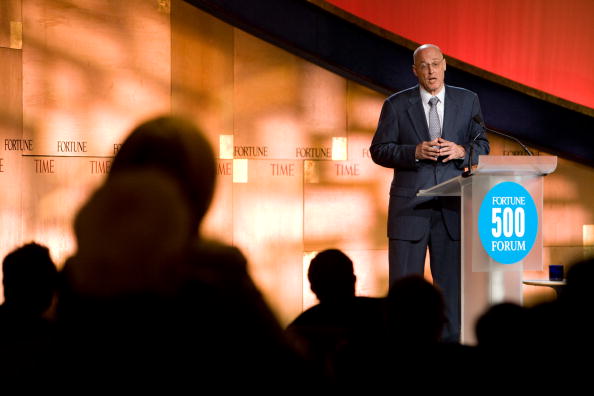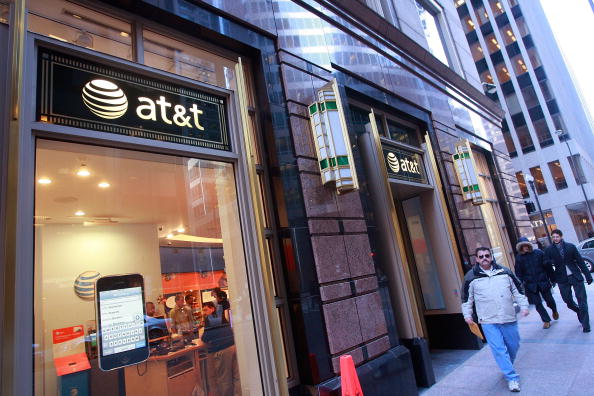Mergers and acquisitions happen all the time. Many of them are big deal takeovers that involve well-known corporations that make the front page of national news stories. More often than not, however, these corporate deals are far smaller and lesser-known. It happens daily; one company makes a bid to purchase another. It might be to expand their own brand or because a smaller company is floundering financially and they are unable to continue doing business without being bought out by someone richer and more powerful. Read on to find out which mergers and acquisitions are the richest deals is history.
(Photo by Brendan Hoffman/Getty Images for Fortune Magazine)
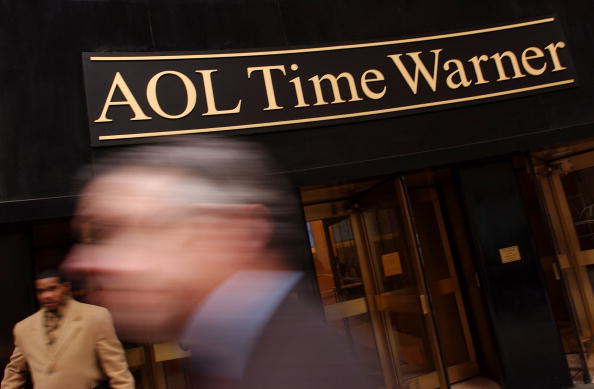
Time Warner — $186.2 Billion
Back in 2000 it was announced that America Online would acquire Time Warner for an astounding price of almost $187 billion. The merger was announced, and much to the surprise of many ended up not working out in the long run. AOL was considered a big deal at the time while Time Warner was considered a sort of “dinosaur” at the moment. It didn’t take 2 years before AOL ran the company into the ground and Time Warner backed out. Time Warner is worth more than $33 billion today while AOL is worth a significantly lesser $2 billion.
(Photo by Spencer Platt/Getty Images)
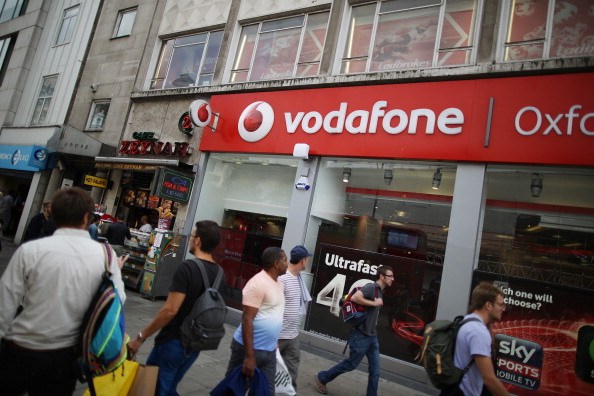
Vodafone Group — $185.1 Billion
In 1999, in the richest M&A in history to date back then, Vodafone Airtouch acquired Mannesmann. Mannesmann is not a particularly well-known company in America, being of German heritage. However, the company Vodafone decided that a hostile takeover of Mannesmann was necessarily. The company took over by offering to pay this significant price. Mannesmann accepted and Vodafone became the boss. Today, Mannesmann is operating in Germany under the name Vodafone D2 and is owned completely by its UK parent company. It is still one of the biggest mergers and acquisitions of all time, even today and even when adjusted for inflation.
(Photo by Peter Macdiarmid/Getty Images)
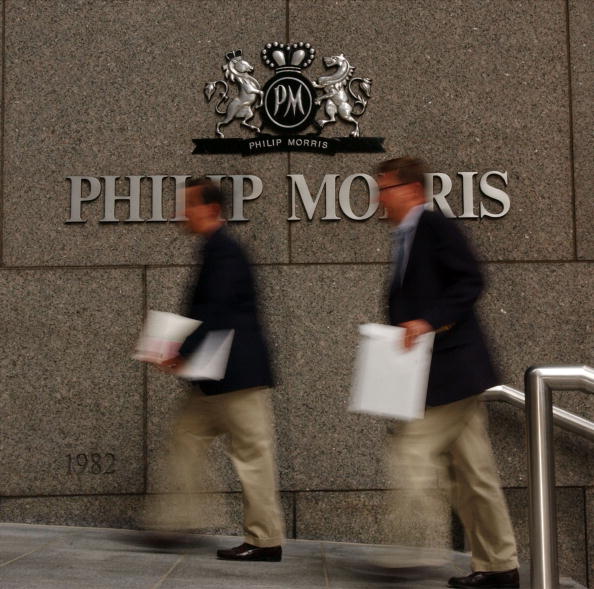
Philip Morris — $107.6 Billion
It was 2007 when it was announced that the Altria Group would acquire Philip Morris. The takeover was not a hostile one and Philip Morris remains one of the country’s leading cigarette manufacturers. The company faces a continuous difficult road, however, despite its impressive profits. With the many anti-smoking campaigns featured across the country and world, the introduction of e-cigarettes and the increasing obsession with health in America (and the highest obesity levels of all time) the company has to work harder to maintain a customer base. Altria’s backing makes this possible for the cigarette company to do.
(Photo by Spencer Platt/Getty Images)
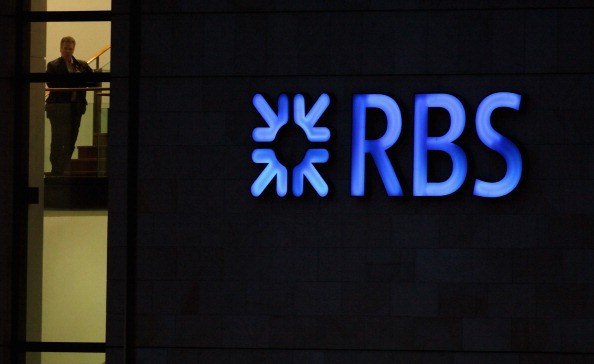
Royal Bank of Scotland — $100 Billion
Another incredibly rich M&A occurred in 2007 when the Fortis, Banco Santander, Royal Bank of Scotland Bank acquired ABN AMRO Holdings. ABN AMRO had a long history of mergers and acquisitions that dated many years. The Dutch owned bank has headquarters in Amsterdam, a popular city. In 2009 it was re-established as it is known today after it was acquired and broken into pieces and parts by the Royal Bank of Scotland, Santander Group and Fortis in 2007 for $100 Billion. At the time, this was the world’s biggest bank takeover ever to occur, and it still is.
(Photo by Jeff J Mitchell/Getty Images)
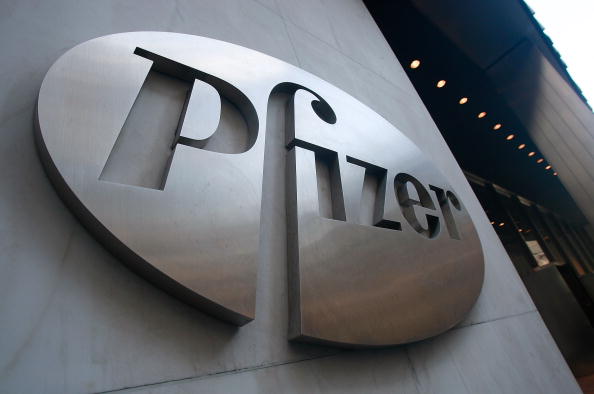
Pfizer — $87.3 Billion
In 1999, Pfizer acquired Warner-Lambert. The merger was one that was considered a big, profitable deal for both pharmaceutical companies. The Warner-Lambert group became known as Pfizer, allowing the big-name brand to take over and make their name even more famous. The merger was an expensive one, but it was one of the biggest pharmaceutical mergers of all time. It was also one of the most profitable, as Pfizer is currently one of the leading pharmaceutical companies in the world. Many mergers and acquisitions turn out differently, but this one profited both companies in a big way.
(Photo by Mario Tama/Getty Images)
AT&T — $83.1 Billion
It was 2006 when it was announced publicly that AT&T would overtake Bellsouth for a whopping $83 billion. When the companies announced their plans to merge, the FCC had to first approve the merger. It was announced in March of 2006 and finally approved days before the New Year. The merger of the two companies meant that AT&T would become the country’s biggest and most dominant phone company. After the merger, the company would control more than half of the country’s internet and phone services. AT&T is still one of the biggest phone and internet providers in the country today.
(Photo by Scott Olson/Getty Images)
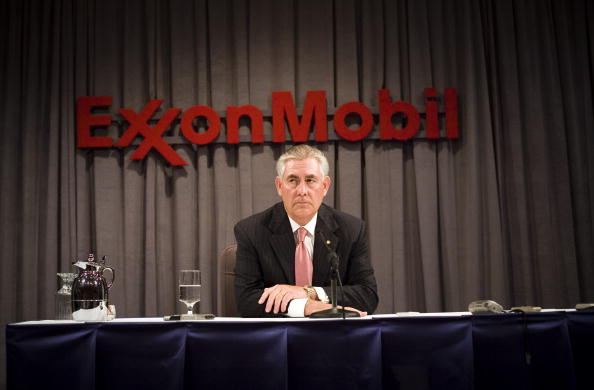
Exxon — $80.3 Billion
In 1998, Exxon acquired Mobil, turning the brand into what is currently know as Exxon Mobil. The FTC only approved the merger after the companies agreed to sell approximately 2,400 gas stations in the US. The vote (which was 4-0) was not finalized until almost a year after Exxon made public their desire to purchase Mobil, which was the second most profitable company in the industry. The acquisition made sense considering the fact that the two gas stations were then direct competitors in 40 major cities across the country. The 11-month deal ended up being very profitable.
(Photo by Brian Harkin/Getty Images)

